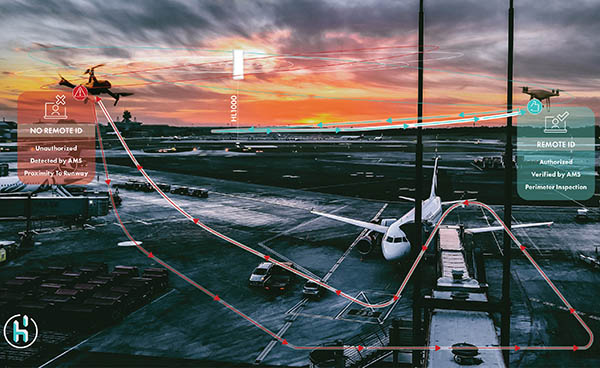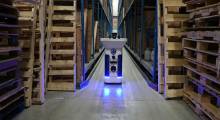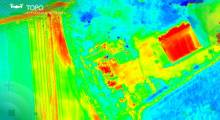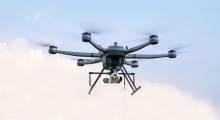By next September, all drone operators must meet the U.S. Federal Aviation Administration's requirements for unmanned aircraft to transmit identification and location information. Hidden Level claimed that its Airspace Monitoring Service technology can track, monitor, and validate drones, regardless of whether they comply with the new FAA rules.
The regulations are in response to the explosive growth of unmanned aircraft systems (UAS) since 2013. The FAA reported over 865,000 registered drones in May 2022 and estimated that number will grow to 1.4 million by 2024.
Founded in 2018, Hidden Level is led by a team with more than a decade of experience building innovative sensors for both military and commercial customers. The Syracuse, N.Y.-based company said its Airspace Monitoring Service (AMS) provides secure, accurate, low-altitude airspace monitoring at scale.
By eliminating the burden of owning, operating and maintaining expensive and rapidly changing sensor equipment, Hidden Level said it provides its customers “only what is necessary—real-time, actionable data at a fraction of the cost.”
FAA regulations to require remote drone ID
To prevent collisions with passenger airplanes and other aircraft, the FAA is mandating that all drones operating in U.S. airspace have Remote Identification (RID) capability. Remote ID provides agencies like the FAA, law enforcement, and other federal agencies a greater situational awareness to be able to identify when a drone appears to be flying in an unsafe manner or where it is not allowed to fly, said Hidden Level.
Remote ID also establishes the safety and security foundation needed for more complex UAS operations, it explained. The Part 18 regulations require all drones made or sold in the U.S. after December 2022 to support RID.
They also state that all drone pilots—including those who fly for fun, business, or public safety—must register and operate their drones in accordance with the final rule on RID, beginning Sept. 16, 2023.
Hidden Level addresses Remote ID gaps
Hidden Level said it designed its drone-monitoring technology to keep up with rapid advances such as Remote ID. In 2019, the company released a whitepaper identifying potential gaps in RID, and it identified additional factors that should be addressed with a comprehensive RID system.
“When it comes to integrating the FAA's broadcast Remote Identification in drone-tracking systems, Hidden Level is way ahead of the game,” stated Jeff Cole, co-founder and CEO of Hidden Level. “Our AMS not only receives RID signaling in its coverage area but also verifies it, addressing two significant gaps in the RID system.”
Those gaps appear when a drone intentionally or unintentionally fails to broadcast RID information, or if it intentionally or unintentionally broadcasts false RID information, said the company.
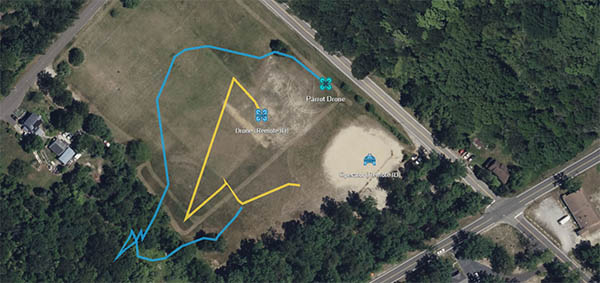
AMS uses private sensor network
Hidden Level's AMS technology uses a local network of passive RF sensors installed on buildings, rooftops, and cell towers. The network is similar to a cellular network and is owned, operated, and maintained by Hidden Level.
The sensors, installed on buildings, rooftops and cell towers, provide real-time location data on drone aircraft in the area. That allows it to track drones even without a RID broadcast, resolving the first gap.
In addition, the AMS checks and validates RID signals by correlating fine-angle estimates from its sensors on the received RID broadcast messages with the drone position information included in the messages.
“That allows Hidden Level's AMS to detect any drones failing to broadcast RID data or transmitting false information, and report it almost instantaneously,” Cole said. “That capability is essential to any organization, whether it's a city, a stadium, or a company facility that is trying to ensure safety and security.”
Clients can receive streaming AMS data that integrates into a variety of common security platforms, said Hidden Level.
Article topics
Email Sign Up

